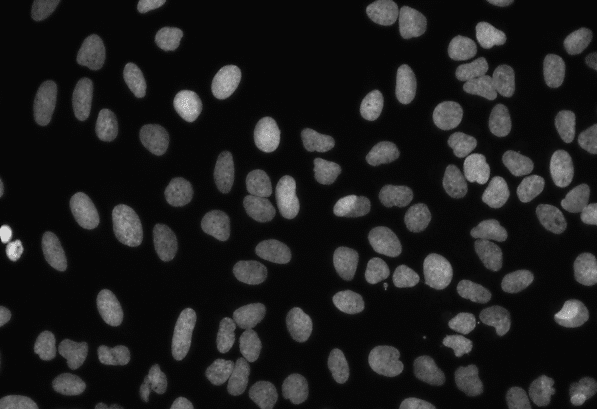

Solve a Mirror Maze Challenge with the Law of Reflection: use mirrors and flashlights to explore how light is reflected from a surface and to investigate the relationship between the angle of incidence and the angle of reflection.The challenge is to design a seed structure that could be dispersed by an animal. Plant Seed Design Challenge: explore plant biology and how plants reproduce.( Note: See also the 13 Activities and Lessons to Teach Potential and Kinetic Energy resource.) The challenge is to add a loop and have a marble be able to successfully go from the start of the track to the end. Paper Roller Coasters: Kinetic and Potential Energy: explore potential and kinetic energy while designing and building a paper roller coaster.The challenge is to find the best combination of materials and design for the fastest boat. Make the Fastest Rubber Band Paddle Boat: experiment with different designs and materials to see which can be used to make the fastest rubber band paddle boat.The challenge is to use the engineering design process to design helicopters that take into account differences in atmosphere and gravity. Engineer Helicopters for Mars: investigate the differences in flying a helicopter on Earth compared to Mars and then design and build paper helicopters that might be able to fly on Mars.The challenge is to design a model seeding machine that can quickly and accurately place seeds on a grid. Design a Seeding Machine to Counteract Deforestation: learn about deforestation and then design a machine that can help with large-scale reseeding.The challenge is to find a way to ensure the proper timing of the release of each color. Design a Delayed-Release Tablet: use various materials to create a tablet that releases three different colors, each at a predetermined time after the tablet is submerged in water.The challenge is to brainstorm a solution for this real-world problem and design a machine that can successfully separate different kinds of materials. Build a Recycling-Sorting Machine: use magnetism as one approach to separating the various types of material that get combined in single-stream recycling programs.(This lesson connects with Season 1 of Global Problem Solvers: The Series.) Build a Machine to Lift Water: build a device that could be used to manually pump water during a real-world emergency.The challenge is to use common materials to improve the design of a house to make it more stable during an earthquake. Build an Earthquake-Resistant House: learn about structural engineering and build and test model earthquake-resistant buildings in a simulated earthquake.( Note: See also the 13 Activities and Lessons to Teach Potential and Kinetic Energy and 26 Experiments To Teach About Types of Energy resources.) The challenge is to make design choices that result in the fastest balloon-powered car. Balloon Car Lesson Plan: build and race balloon cars while learning about kinetic and potential energy and the law of conservation of energy.The challenge is to improve a boat's design to improve stability and reduce the risk of capsizing. Aluminum Foil Boat Design: Surviving the Stormy Seas: experiment with the design of aluminum foil boats to see how stable they are in turbulent water.Many of these challenges use simple materials (like paper and recycled cardboard), which makes them easy to do in the classroom, great for makerspaces of all sizes, and fun for families at home or for independent student exploration.

They'll build confidence as they use creative troubleshooting, problem solving, and invention skills. The 16 engineering design challenges below help middle school students get hands-on practice using the engineering design process. When students tackle an engineering design challenge, they are encouraged to brainstorm, design, build, test, problem solve, troubleshoot, tinker, innovate, and iterate. 16 Engineering Challenges to Inspire Middle School Students!Įngineering design challenges are a great way to ignite student interest in STEM.


 0 kommentar(er)
0 kommentar(er)
